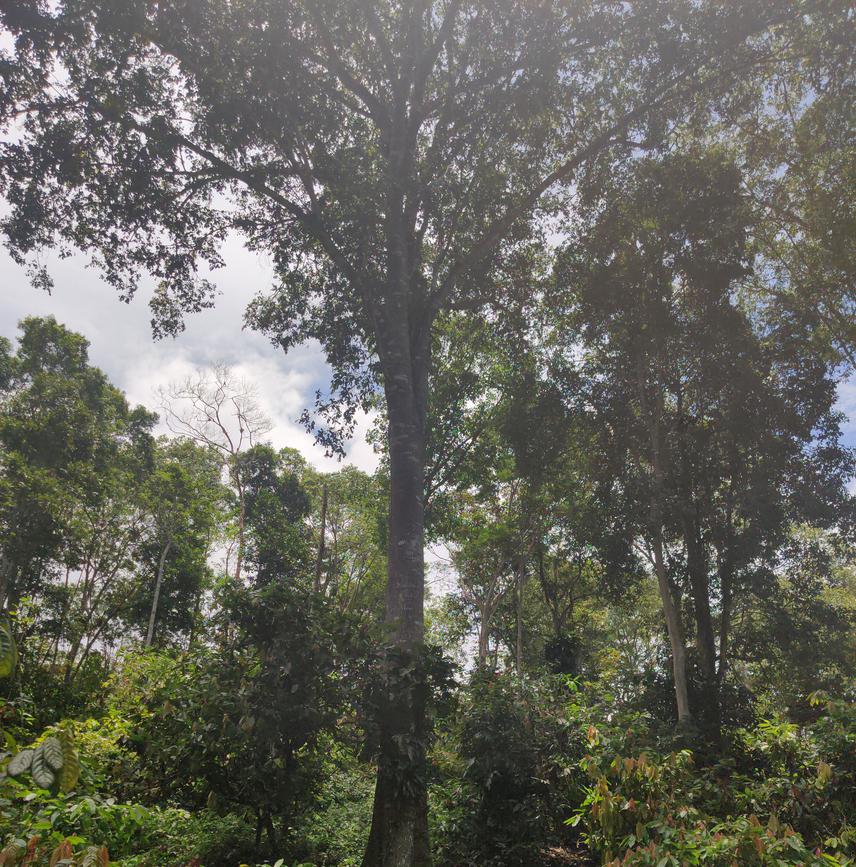Zubaria Waqar
Tropical forests retain the greatest biodiversity on Earth yet have been drastically deforested and degraded due to a myriad of anthropogenic activities. There is ecological and economical relationship between deforestation and human well-being. Tropical forest not only help in conservation of biodiversity but also it provides critically important ecosystem services. Globally different strategies are introduced for restoration program. Latest restoration strategies shed light to link restoration and genetics. Genetic diversity is recognized as one of the basic elements of biodiversity.

Anthropogenic disturbances have negative consequences on genetic diversity and adaptive potential of species. The isolation between landscapes can influence gene flow, which can affect the effective population size, genetic structure and genetic diversity of species which can ultimately effect fitness of species.
So, aim of our project is to describe and compare targeted species long term persistence by focusing on landscape connectivity, genetic variability between four treatments and the occurrence of gene flow in Southern Atlantic Forest. The populations will be characterized genetically, and their gene pool will be estimated by using 11 microsatellites loci. A paternity analysis of all individuals of species in treatment units will be performed to identify the adults and their juveniles by distance between mother/source tree and juveniles. Our results will contribute to some recent restoration initiatives like the Pact for the Restoration of the Atlantic Forest, by identifying landscapes those have potential for regeneration and facilitates gene flow by using Cariniana legalis (Mart.) Kuntze (Jequitibá-rosa) as model species for long term success and effectiveness of restoration project.